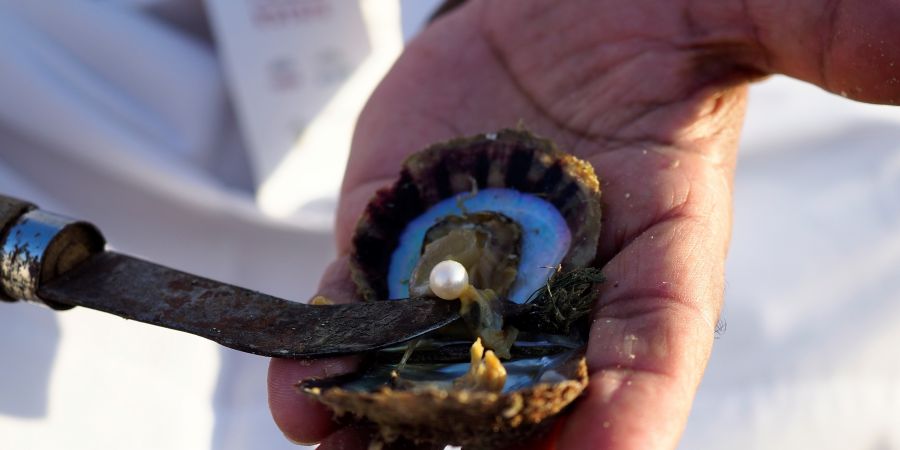

Pearl oysters, also known as Pinctada, are a group of remarkable marine mollusks that have captivated humans for centuries with their exquisite beauty and valuable gemstones they produce. From their ecological significance to their cultural and economic impact, pearl oysters possess several incredible characteristics that make them truly fascinating creatures.
One of the most extraordinary aspects of pearl oysters is their ability to create pearls. These precious gemstones are formed when an irritant, such as a grain of sand or parasite, enters the oyster's shell. In response to this intrusion, the oyster secretes layers of nacre, a combination of calcium carbonate and organic materials, to coat the irritant and form a pearl. The process of pearl formation can take several years, resulting in a breathtaking jewel with unique luster and coloration. This remarkable ability to transform a nuisance into a thing of beauty has made pearls highly coveted and cherished throughout human history.
Aside from their ability to produce pearls, pearl oysters play a vital role in marine ecosystems. They are filter feeders, meaning they extract nutrients from the water by filtering microscopic particles, including plankton and algae. This feeding behavior helps maintain the balance of marine ecosystems by removing excess organic matter from the water column. Moreover, pearl oysters contribute to the formation of coral reefs, as they attach themselves to hard surfaces and build complex structures, providing habitat and refuge for a variety of marine species. These reef-building abilities make pearl oysters ecosystem engineers, shaping the underwater landscapes in which they thrive.
The cultural significance of pearl oysters cannot be overlooked. For centuries, pearls have symbolized wealth, status, and beauty in numerous cultures around the world. They have been used to create stunning jewelry, adornments for clothing, and even embellishments for sacred objects. The allure of pearls has inspired countless works of art, literature, and folklore, further amplifying their mystique and desirability. In some cultures, pearls are believed to possess mystical properties, symbolizing purity, wisdom, and spiritual enlightenment.
Furthermore, pearl oysters have considerable economic importance. The pearl industry generates substantial revenue through the cultivation and trade of pearls. Cultured pearls, which are grown with human intervention, have made pearls more accessible to a wider market. Pearl farming involves carefully placing irritants inside oysters and cultivating them in controlled environments. This industry has provided livelihoods for many coastal communities and has created a sustainable alternative to harvesting wild oyster populations, which were severely depleted due to overfishing and habitat destruction.
In addition to their economic value, pearl oysters have also played a significant role in scientific research. Their unique ability to produce nacre, a remarkably strong and resilient material, has attracted the attention of materials scientists and engineers. Researchers are studying the structure and properties of nacre to develop new materials for various applications, including biomedical devices, protective coatings, and lightweight construction materials. By unraveling the secrets of pearl oysters, scientists hope to unlock innovative solutions to real-world challenges.
In conclusion, pearl oysters from the depths of the oceans to the jewelry boxes and scientific laboratories, pearl oysters continue to amaze and inspire us with their beauty, resilience, and multifaceted contributions to our world.
Thank You……..
Please like and follow me…….
